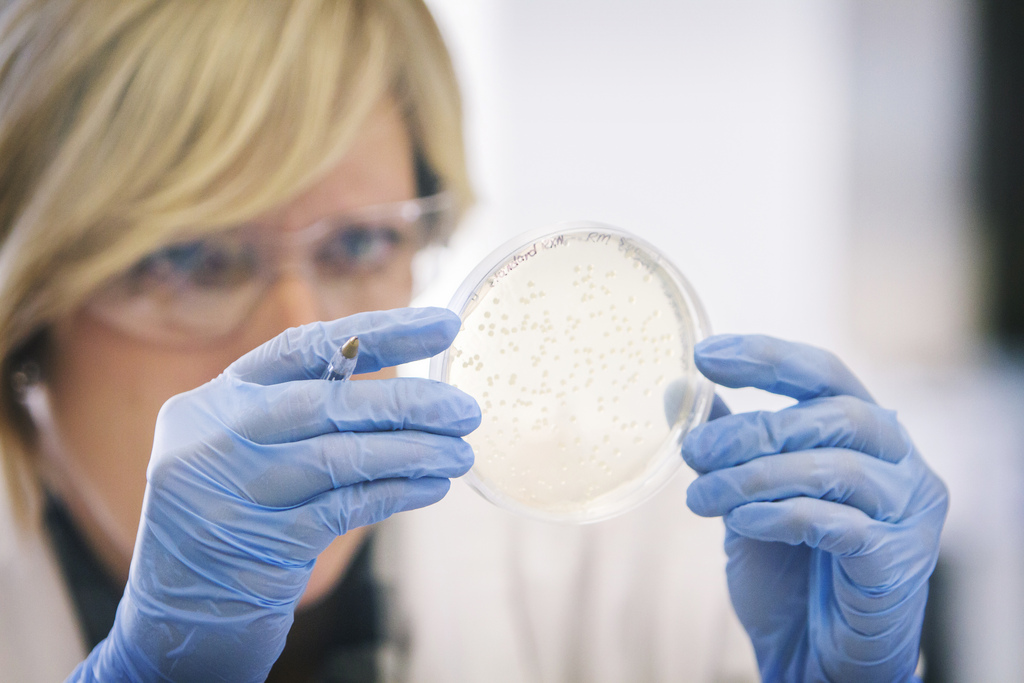The impact of innovative technology in the field of biotechnology extends far beyond than just research centers and factories that influence everyday life. For instance, biotechnologies make it possible to treat certain diseases such as cystic fibrosis, diabetes, and sickle-cell anemia. While it’s not possible to entirely eliminate the risk of a genetic engineering mishap, the experience of the last decade of research indicates that the potential of generating a disease-inducing organism on accident is quite rare.
Low-Risk, High-Tech Field
Proper containment of unique experiments is the key to a safe environment. Over several years, microbiologists have gained vast knowledge on how to handle dangerous organisms, such as cholera bacteria and smallpox.
Various groups of people have voiced concern that biotechnology may enhance the chance of biological warfare, and some have even wondered if today’s biologists are retracing the steps of nuclear physicists from the past. There’s no question that the use of biotechnologies requires dedication to ongoing vigilance.

How Safe is Biotechnology?
Unease over genetic and biotechnology engineering has been a long time issue and probably always will be. The National Academy of Sciences launched a special committee for the sole purpose of reviewing the issues surrounding the environment’s introduction to certain organisms that were genetically engineered through the use of DNA technology. They determined that no evidence exists regarding any hazards existing in the transfer of key genes between various organisms or in using R-DNA practices.
Biotechnology and Environmental Protection
Currently biotechnology is being employed to help advance the development of biofuels, providing one more avenue for avoiding maxing out on carbon fuels and their disastrous byproducts. Furthermore, the work of biotechnologists helps to harness the organic processes of microbes like enzymes and yeast to release previously untapped energy. These biotechnology processes aid in chemical manufacturing by upping its efficiency by 80%, as well raise manufacturing efficiency and save as much as half on production costs. Oftentimes biotechnology in the form of GMOs are seen as a hazard to the environment, but many other forms actually can assist in a cleaner, greener civilization.
Legal Ramifications
Several countries continue to consistently review both the safety and ethical aspects of biotechnology research and its special applications. A few countries have already established guidelines for research on surrogate motherhood, embryo research, and embryo transplantation. Both lawyers and the general public will be required to take on these and related questions as the field of biosciences, especially biotechnology, continue to progress.
Education in Biotechnology
Individuals who wish to further the study of biotechnology and its influence on the overall environment should consider getting a BAB (Bachelor of Arts in Biology), which equips students with extensive training in biology while offering flexibility to specialize in other subdisciplines as well. Degrees in biology prepare students for exciting careers in allied health professions, education, and interdisciplinary fields including bioscience management, science journalism, and biotechnology or environmental law and more.
The potential advantage of implementing biotechnologies includes significantly improving agriculture, medicine, veterinary sciences, and solving worldwide food shortages. Because of biotechnological science, humankind can confidently look forward to a future that holds many exciting prospects and objectives.










